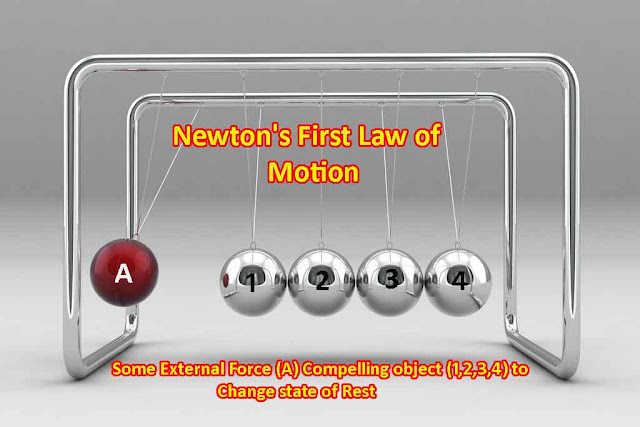Artificial Satellite- Geostationary,Polar- How are Satellites Launched?
The satellites classified into two types man-made (artificial satellite) and natural satellite. Here our main objective to discuss the artificial satellite, types, and how are satellite launch.
What is Artificial Satellite?
An artificial satellite is a man-made object orbiting around the earth. Artificial satellites are of two types namely:- geostationary satellites and
- polar satellites
Geostationary Satellites
Geostationary satellites are those satellites whose period of revolution around the earth is equal to the period of rotation of the earth. These satellites appear to be stationary as they revolve around the earth from west to east.The period of revolution of the satellite is equal to the period of rotation of the earth. They revolve in the equatorial plane the orbits followed by geostationary satellites are called geostationary orbits or parking orbits. The height of the geostationary orbit is approximately 36,000 kilometers above the Earth's surface. the orbital velocity of a geostationary satellite is nearly equal to 3.08 kilometers per second. Geostationary satellites are used for communication purposes.
Polar Satellite
Polar satellites are the satellites which pass over the North and South Poles of the earth. Since the earth is rotating about its axis these polar satellites pass over different parts of the earth during its revolution. They generally revolve very close to the surface of the earth.Polar satellites are employed by the army for spying and surveillance of the movements of tanks and ships and other vehicles. They're also used for weather monitoring and remote sensing.
How are Satellites Launched?
Artificial Satellites require a minimum velocity called orbital velocity in order to move around the earth. To understand the concept of orbital velocity let us look at this example picture a launching pad AB is shown. Let us project a body with velocity u1 from B parallel to the surface of the earth.The body follows a parabolic path and strikes the earth at a point R1. Now, throw the object with greater velocities u2 and u3. the corresponding points where the body hits the ground are R2 and R3. R3 is a point just opposite the launching pad with a velocity greater than u3 the body will follow a circular path instead of a parabolic path. This is the orbital velocity.
For a velocity greater than the orbital velocity the orbit becomes elliptical. On increasing the velocity the body escapes from the Earth's full and this velocity is called escape velocity.
Let us try to impart orbital velocity to the Artificial satellite. The required orbital velocity is imparted by using a multi-stage rocket. Now, let us understand the working of a three-stage rocket at liftoff.
- The exhaust gasses build up an upthrust that exceeds the rocket away. the force of the upthrust being greater than the weight of the rocket accelerates it in the upward direction.
- Initially, the rocket rises vertically and passes through the denser atmosphere in no time. After the first stage burns off and falls back to the earth. The rocket gets tilted.
- Now the second stage burns and the rocket attains a higher velocity. slowly, the second stage gets detached.
- The final stage of the rocket tilts the satellite in the horizontal direction and gives it a proper speed of 3.01 one kilometer per second to orbit around the Earth in a closed path.



Comments
Post a Comment